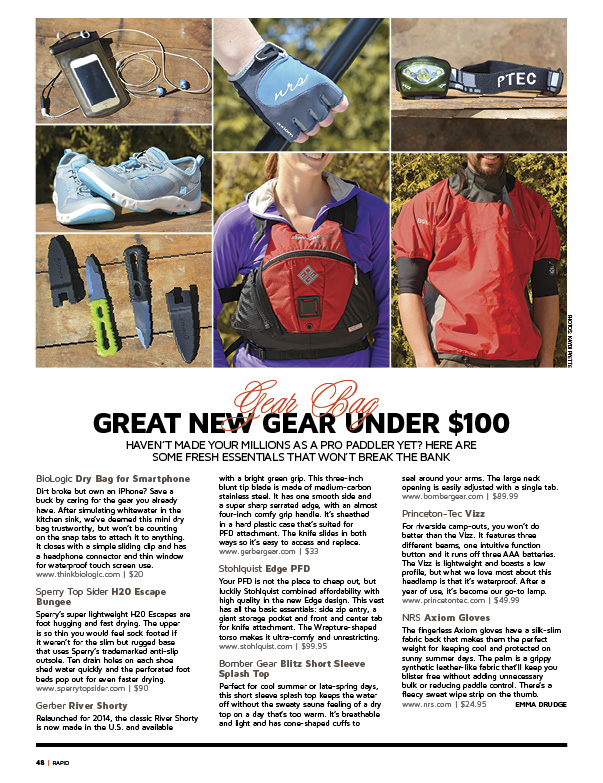A new whitewater view has been all over the Internet since the 2014 paddling season got underway.
Thanks to more and more paddler-photographers experimenting with drone technology, high-flying bird’s-eye-view images are delivering all-new ways of seeing the river.
“Anything that offers a new perspective will have an audience,” says Patrick Camblin, Whitewater Grand Prix organizer and Rapid magazine contributor, who’s convinced this is the future of whitewater photography.
Camblin himself is a bit of a pioneer in this realm. In 2010, before any of us had seen the aerial river shots we’re getting used to now, Camblin drained $12,000 from his bank account for a state-of-the-art octocoptor—an eight-rotor mini-helicopter that looks like a flying robotic octopus with a camera mount.
Then came the tragic technical difficulties.
A few uncontrolled takeoffs and crashes later, the drone needed some repairs. But, Camblin says, since then the technology has improved significantly.
It’s also gotten a lot cheaper. Rapid photographer Steve Rogers just got his hands on a drone this summer.
“The skill of flying is a huge barrier,” says Rogers, which is why he opted for a cheap model with four rotors instead of eight—you can get low-end versions for around $300—so there’s less to loose if he clips a tree or canyon wall while practicing.
“You’ve got to think about flying as a separate skill all together,” Rogers says, “then you can try to think about what you’re doing with the camera at the same time.”
Rogers says a lot of people are mounting cheap cameras to drones so far, and flying them with their fingers crossed for good images, but the inspiration behind his investment is to continue taking high-quality whitewater images without dangling from ropes over canyons.
“I’m actually physically in a position of danger while I’m taking photos,” says Rogers, who climbed a cliff wall to snap Rapid’s Spring 2014 cover photo. “It’d be nice to put the drone in that position instead.”
While the technology’s improved a lot over the years, “it’s still not plug and play,” says Rogers. He had to do lots of research into all the pieces he needed to buy and assemble to get his drone up and running. He predicts it’ll be a long time before he’s mastered the art of flight but is hopeful the new technology will make his business safer and more efficient.
“A birds’ eye view lets you take the whole landscape in at once,” says Camblin, explaining why he thinks aerial images are compelling enough to be worth the investment and effort. “You may never have seen that view of the river, no matter how much whitewater you’ve been on.”
Camblin adds that as the technology continues to improve, photographers will be able to give viewers a better picture than ever before of the wild rivers whitewater paddlers get to explore.
“They’re a lot more user friendly now,” says Camblin, but there’s some danger involved in using them—a rotor could take off a finger for example—and it takes some serious practice to keep them oriented, especially before flying them over water.
As Rogers put it, “I’ll either be sending you amazing new images by the end of the summer, or my camera will be at the bottom of the river.”
This whitewater news article was originally published in the July issue of Paddling Magazine.



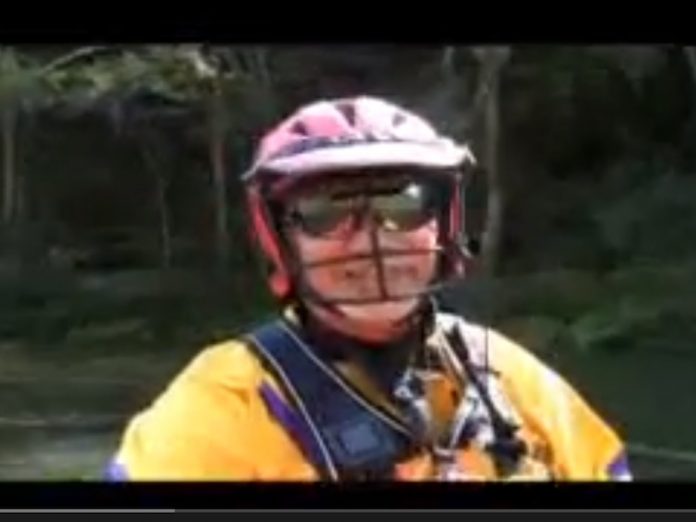
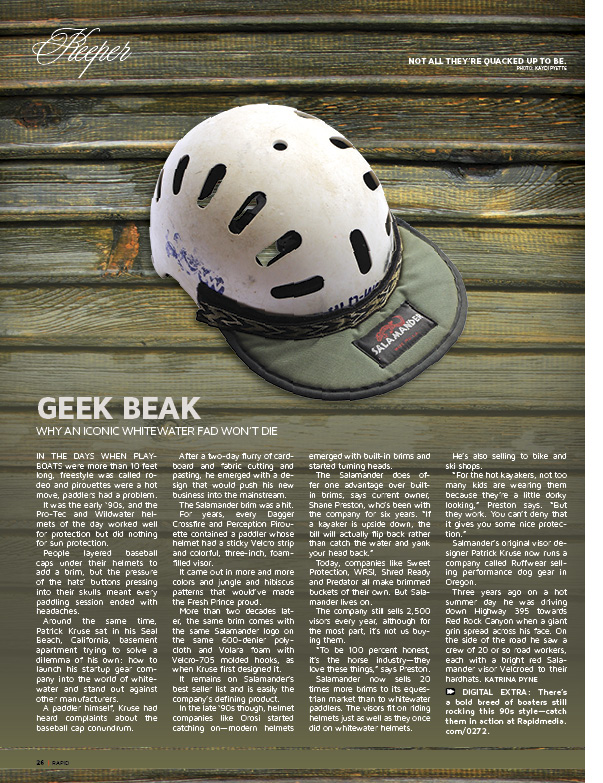

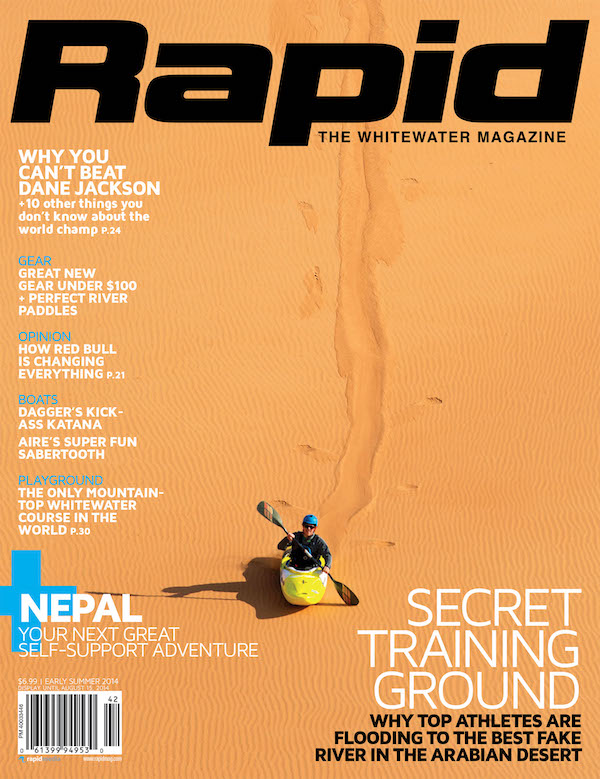 This article was first published in Issue 16, Volume 2 of Rapid Magazine.
This article was first published in Issue 16, Volume 2 of Rapid Magazine. 
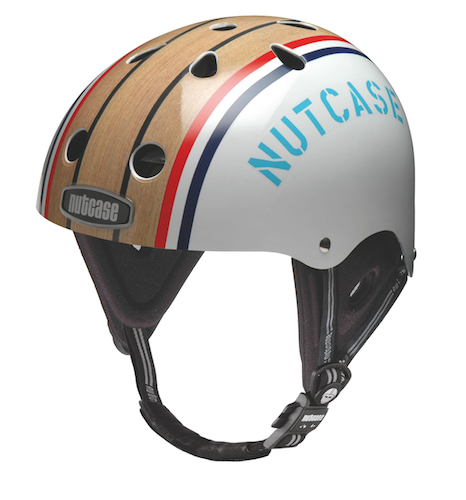
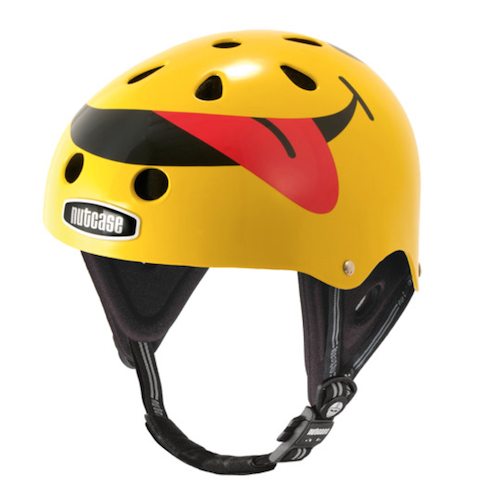
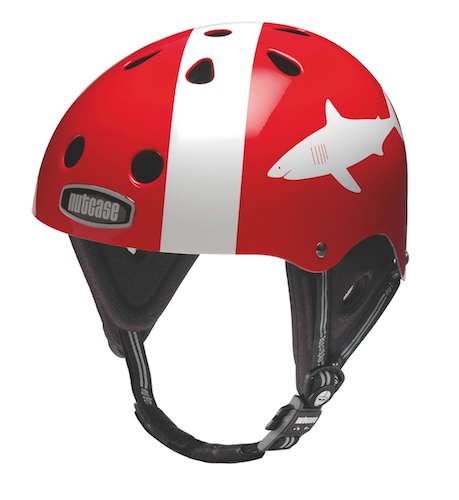

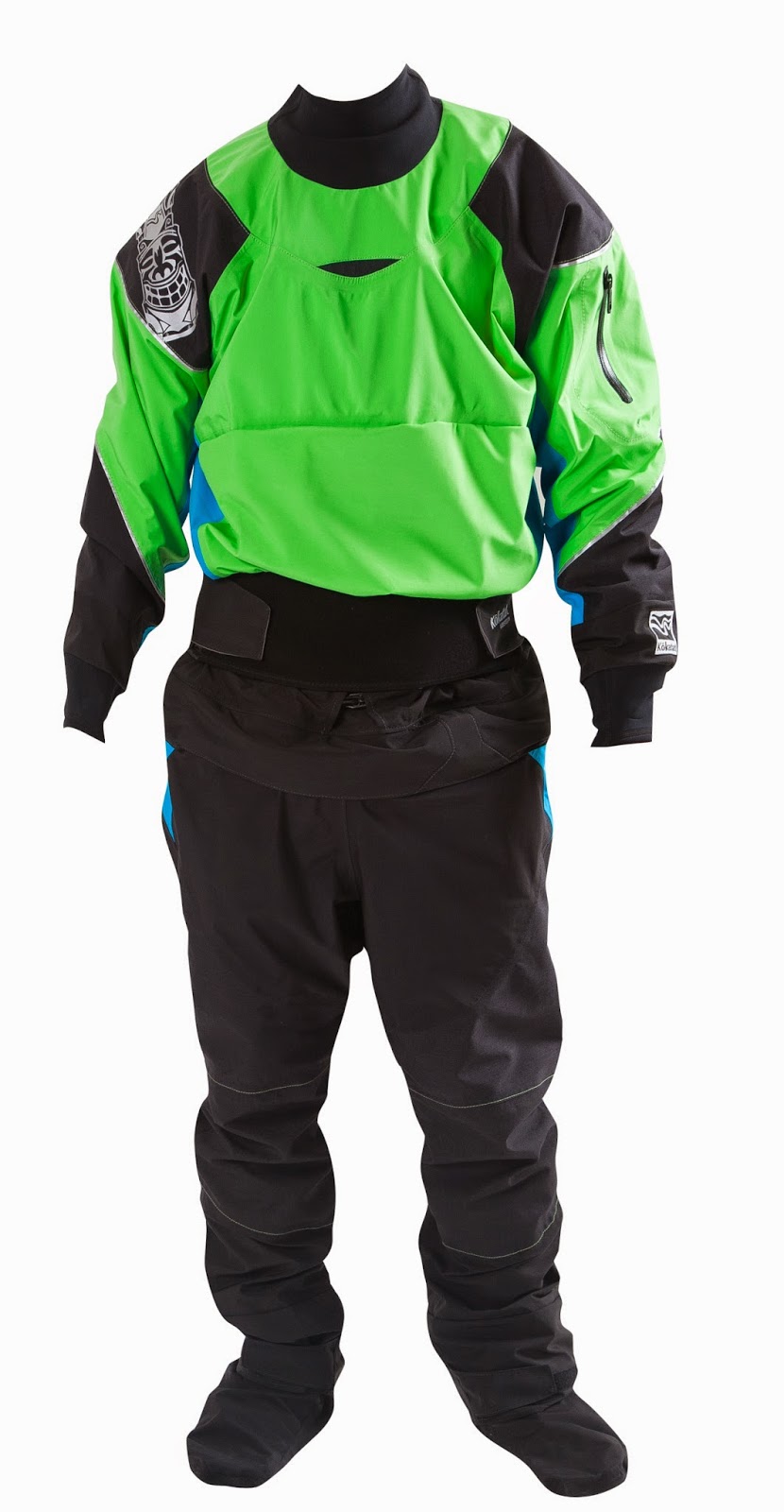 ARCATA, CALIFORNIA, (FOR IMMEDIATE RELEASE) – For 2015 Kokatat, the global leader in paddlesport apparel, introduces the GORE-TEX® Idol dry suit with SwitchZip technology that separates completely at the waist giving paddlers the versatility of a dry suit and dry top in one garment.
ARCATA, CALIFORNIA, (FOR IMMEDIATE RELEASE) – For 2015 Kokatat, the global leader in paddlesport apparel, introduces the GORE-TEX® Idol dry suit with SwitchZip technology that separates completely at the waist giving paddlers the versatility of a dry suit and dry top in one garment.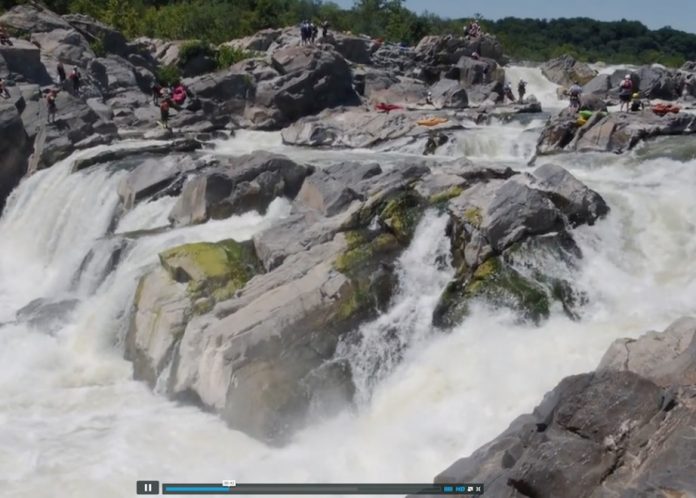

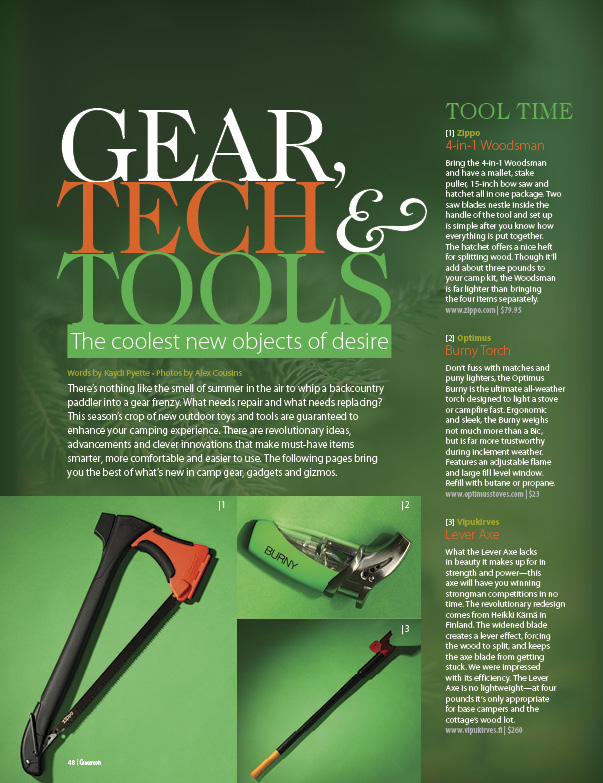 Get the full article in the digital edition of Canoeroots and Family Camping, Early Summer 2014, on our free
Get the full article in the digital edition of Canoeroots and Family Camping, Early Summer 2014, on our free 

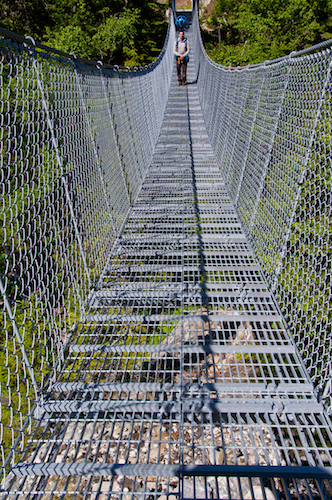
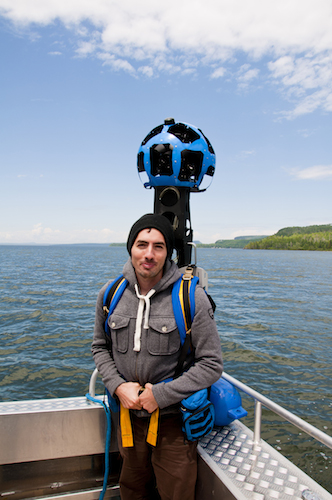

 This year the Wooden Canoe Heritage Association celebrated its 35th Annual Assembly, with a focus on the builders of tomorrow’s classic boats. For four days, canoe enthusiasts learned boat-building and restoration techniques, became inspired during evening presentations and panel discussions, and shared their own special canoe building and paddling experiences.
This year the Wooden Canoe Heritage Association celebrated its 35th Annual Assembly, with a focus on the builders of tomorrow’s classic boats. For four days, canoe enthusiasts learned boat-building and restoration techniques, became inspired during evening presentations and panel discussions, and shared their own special canoe building and paddling experiences. 
